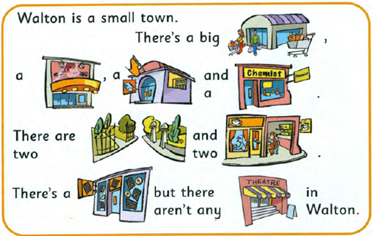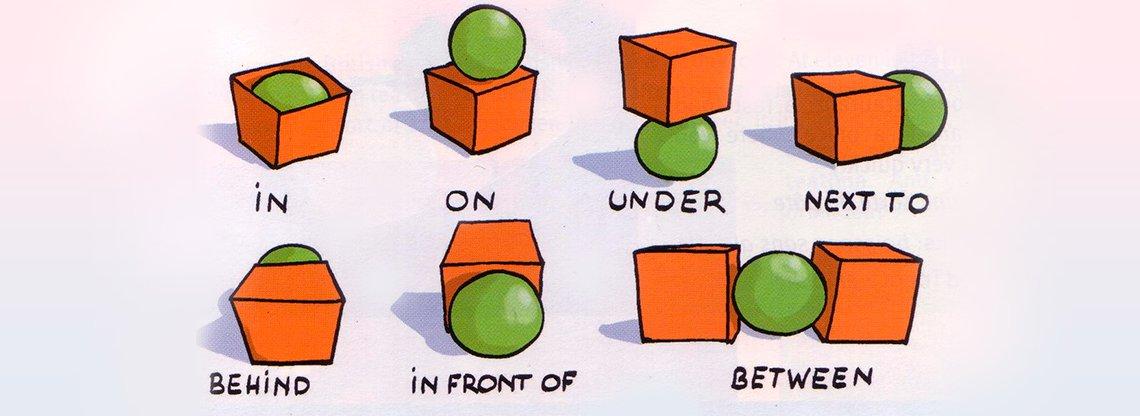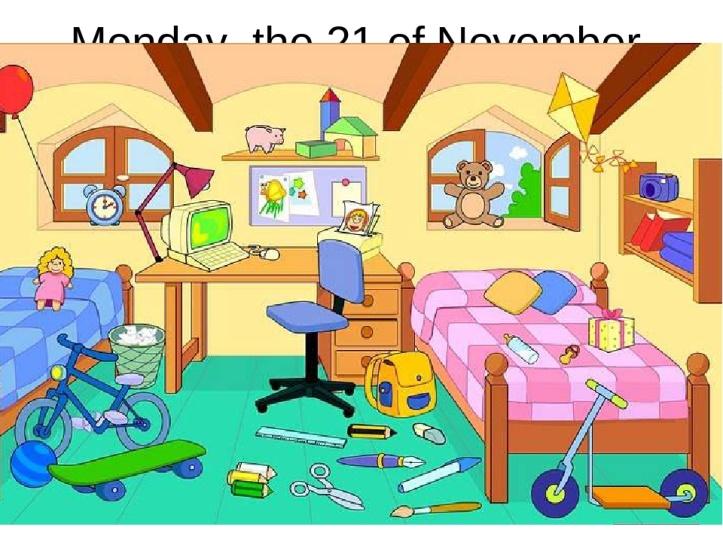Открытый урок на тему Places in the town для 5 класса
Создайте Ваш сайт учителя Видеоуроки Олимпиады Вебинары для учителей
Places in the town
Вы уже знаете о суперспособностях современного учителя?
Тратить минимум сил на подготовку и проведение уроков.
Быстро и объективно проверять знания учащихся.
Сделать изучение нового материала максимально понятным.
Избавить себя от подбора заданий и их проверки после уроков.
Наладить дисциплину на своих уроках.
Получить возможность работать творчески.
Просмотр содержимого документа
«Places in the town»
Полезное для учителя
Распродажа видеоуроков!
1770 руб.
2530 руб.
1880 руб.
2690 руб.
1860 руб.
2660 руб.
1940 руб.
2770 руб.
ПОЛУЧИТЕ СВИДЕТЕЛЬСТВО МГНОВЕННО
* Свидетельство о публикации выдается БЕСПЛАТНО, СРАЗУ же после добавления Вами Вашей работы на сайт
Удобный поиск материалов для учителей
Проверка свидетельства



















